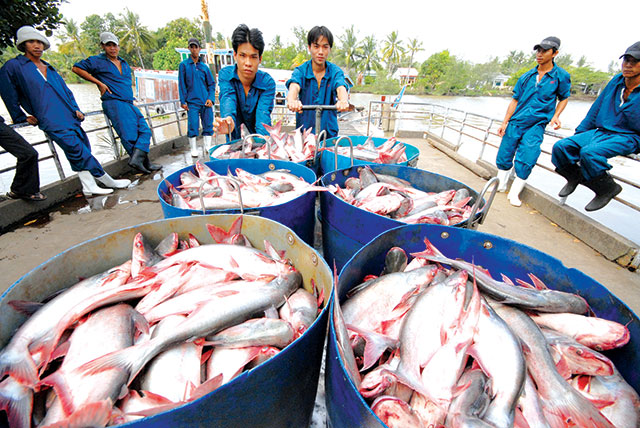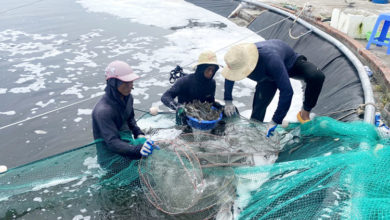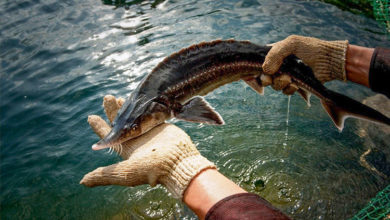Vietnam’s pangasius exports gain momentum with new market opportunities
Vietnam’s pangasius industry is seeing renewed momentum as market access widens in Brazil and demand rises in major Asian markets, according to the Vietnam Association of Seafood Exporters and Producers (VASEP).
The removal of Brazil’s ban on Vietnamese tilapia and its ongoing negotiations to fully open its market to pangasius fillets are giving exporters a significant boost.
Brazil opens door wider for Vietnamese pangasius
In February 2024, Brazil’s Ministry of Agriculture and Livestock (MAPA) halted imports of Vietnamese tilapia due to concerns over the TiLV virus. However, Vietnam’s tilapia exports to Brazil have historically been minimal. The country’s primary import from Vietnam is pangasius, accounting for 90% of seafood trade between the two nations.

Vietnam’s Trade Office in Brazil reports that the two sides are finalizing technical details to allow imports of all internationally certified pangasius fillet products. This expansion will not only boost Vietnam’s export value but also support a bilateral trade target of USD 15 billion by 2030.
In the first quarter of 2025, pangasius exports to Brazil reached USD 55 million, marking a 67% increase from the same period in 2024. By mid-April alone, exports had totaled USD 7 million, marking Brazil as Vietnam’s third-largest pangasius buyer, after China and the U.S.
China remains a key driver
China and Hong Kong remained the top destinations for Vietnamese pangasius in Q1 2025, accounting for 23% of total export value. In March 2025, exports to this market reached over USD 38 million, up 4% year-on-year, with volume exceeding 21,000 tons. Frozen pangasius fillets from Vietnam remain a staple in the Chinese market and continue to drive demand.
Beyond pangasius, Vietnam’s overall seafood exports to China grew steadily in the first four months of 2025. According to the Ministry of Industry and Trade, Vietnam’s seafood exports hit USD 3.21 billion, up 18.3% year-on-year. Key markets including China, the U.S., and Japan all showed positive growth.
Looking ahead, Chinese imports of affordable seafood products such as pangasius and small- to medium-sized shrimp are expected to rise, providing an opening for Vietnam to expand its footprint. VASEP noted that value-added pangasius exports to China surged 89% in Q1 2025, totaling USD 578,000, still a small share overall, but a clear signal of the growing appetite for premium processed products.
Despite ongoing tariff and competition challenges, strong consumer demand in China and supportive trade agreements continue to make the country a vital market for Vietnam’s pangasius exporters.
Growth outlook and industry recommendations
According to VASEP, pangasius exports could grow 5 – 10% in 2025, driven by improving consumer trust, relatively low anti-dumping duties in the U.S. compared to other countries, and declining feed costs. To sustain growth, the sector must focus on improving broodstock quality, especially traits like disease resistance, salinity tolerance, and climate adaptability.
With global demand rebounding and strategic markets opening their doors, Vietnam’s pangasius industry is well positioned to maintain its upward trajectory.
VFM





